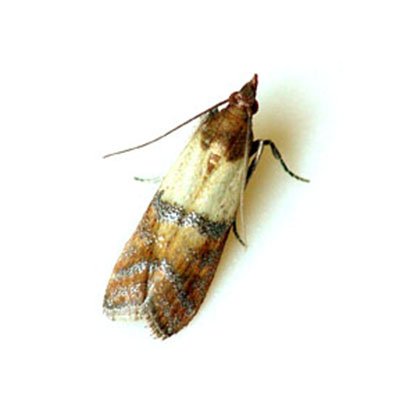
INDIAN MEAL MOTH
Indian meal moth adults have a 5/8” wing spread. The wings are a burnished copper; almost purple in colour with a broad grey band near where they attach to the body. The larvae are small caterpillars with distinct legs on the first three body segments and four pairs of prolegs (false legs) on the abdomen. They are dirty white, pink, brown, or light green, and range from 3/8-3/4” long. The head and first body segments are brown.
Habits
These are one of the most common stored product pests found in homes and food processing institutions, as well as grain storage and processing facilities. The larvae prefer to feed on coarsely ground flour and meal, but also are commonly found feeding on whole grains, dried fruit, nuts, chocolate, beans, crackers, biscuits, dehydrated dog food and red peppers. The larvae produce webbing over the surface of the materials on which they are feeding that is filled with their frass (feces). The damage caused by the insect’s feeding is compounded by the presence of this repulsive mat.
The insects usually overwinter as larvae. The adult females lay their eggs at night on larval food, producing as many as 400 in 18 days. The larvae move into cracks and crevices within the food material, feeding within or near the silken, frass-laden mat they produce. Mature larvae often move away from infested materials to pupate in cracks or crevices. This behaviour pattern often allows them to be discovered by homeowners. There are usually 4-6 generations per year depending on the food supply and temperature conditions.
Control Methods
The source of Indian meal moth infestations in homes and other locations must be discovered and eliminated by the disposal of the infested materials. The presence of the silken mat usually ensures that infested materials are discarded. The surfaces, cracks, crevices and other potential harbourage areas can be treated with a residual insecticide. The use of a glue trap with a pheromone is also useful.
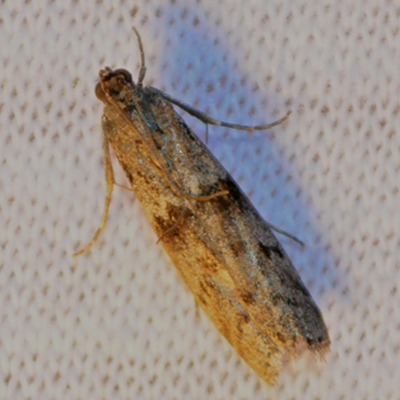
MEDITERRANEAN FLOUR MOTH
Adults are ¼-1/2” long with a wingspan of a little less than 1 inch. The forewings are pale gray with wavy black lines running across them. The hindwings are dirty white. The larvae are 5/8-3/4” long when fully developed. They are white or light pink with a dark head and a dark plate just behind the head.
Identification
Females lay 116-678 eggs in flour or other larval food materials, where they hatch in three to five days. The larvae feed within the silken tubes they produce, maturing in about 40 days. They pupate within these silken cocoons in clean food material away from infested products. The pupal stage lasts 8-12 days and the entire life cycle takes 8-10 weeks. There are at least 4 generations per year.
Habits
This flour moth is a major pest of flour mills and infests a great variety of foodstuffs, including nuts, chocolate, seeds, beans, biscuits, flour, dried fruit and dehydrated dog food. Adults do not cause damage. Instead, the larvae spin silken tubes around themselves, and this silk sometimes becomes so thick in flour mills that it clogs machinery, requiring shut-down for cleaning.
The mature larvae have a tendency to migrate. They are often the first sign the homeowner has that there is an infestation in the home. The adults fly at night in a very characteristic zig-zag pattern and are attracted to light; but they are seldom seen by the homeowner.
Control Methods
When a moth infestation is suspected, it is important to find and discard the infested items. These materials usually are found in seldom used flour or cereal products that have ended up in the back of the cupboard. The cupboards, shelves, cabinets, or pantries where the infested material is found should be cleaned carefully with a vacuum cleaner to remove flour and food dust. Insecticide sprays or dusts can be applied to these areas to control larvae that are missed by cleaning. Adult moths can be controlled with aerosol sprays containing pyrethrins. Sanitation and fumigation are necessary to control this moth in flour mills and other types of food processing facilities.
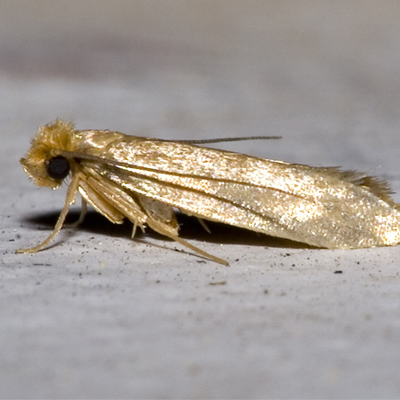
WEBBING CLOTH MOTH
Identification
– Adult moths are ½” long from wing tip to wing tip.
– When wings are folded the moth is about ¼” long.
– Wings and body are a buff/golden color except for reddish hairs on top of the head.
– Antennae are darker than the rest of the body.
– Eyes are black.
– The larvae are ½” long when mature, that are clear to a creamy white, with a light brown head.
– Females lay an average of 40-50 eggs, either singly or in small groups over a 2-3 week period and glue them to material.
– The eggs hatch within 4-10 days in summer, but may take up to 3 weeks in the winter.
– Development time from egg to adult varies from 50-90 days.
– Females die after all her eggs have been laid, about 16 days.
– Males live an average of 28 days.
Control Methods
– Find the source.
– Wash clothing in very hot water and dry in a very hot dryer, this will kill moths in all stages.
– Furs, area rugs and dry clean only should be done by a professional.
– Use proper pheromone traps to attract adults.
– Residual sprays for cracks and crevices, around baseboards, drawers and shelving.
– Items can be frozen at -30C for 48 hours.
– Make sure all items are put in plastic bags if rooms haven’t been treated to prevent re-infestation.

Test Your Knowledge: Stored Product Pests True or False
We created this fun quiz so that you can test your knowledge on Stored Product Pests! Take the “Stored Product Pests True or False Quiz” below and compare your answers to the answer key at the bottom of this post. Good luck! It has been estimated that stored product pests damage about 10% of the…
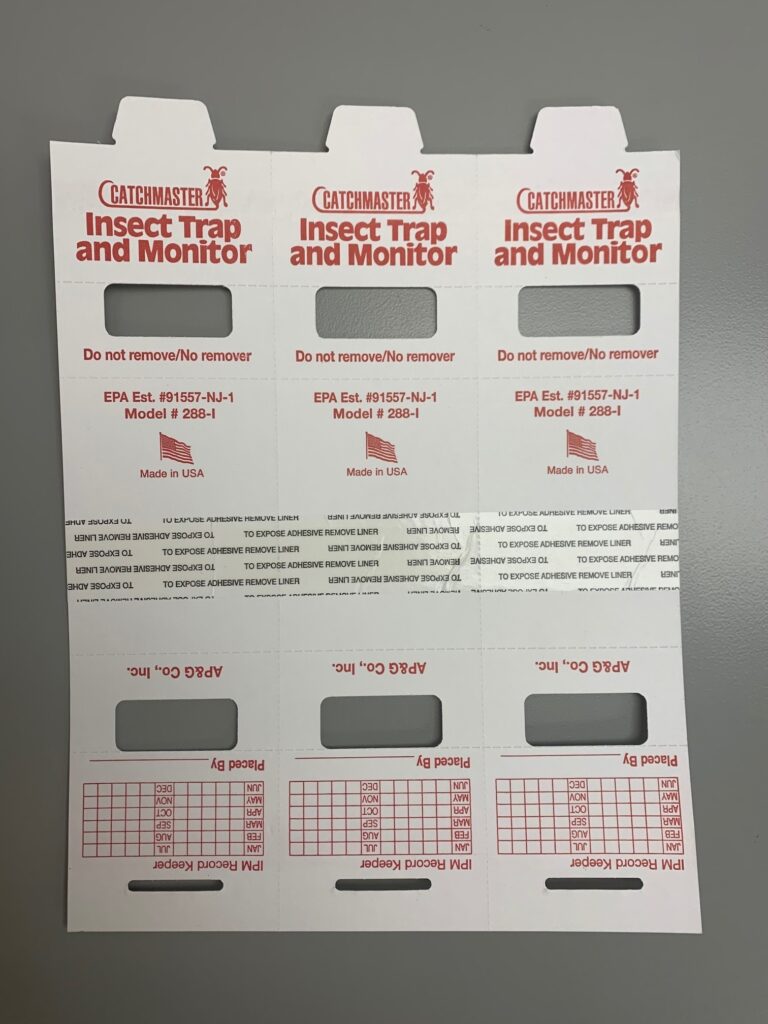
Not All Traps Are Created Equal
Trap selection is an important component of any trapping and monitoring program within an integrated pest management program. Improper selection of a trap style can lead to misrepresentation of a true pest numbers in an area. This is due to the fact that pests may: Not be able to enter a trap to be captured…
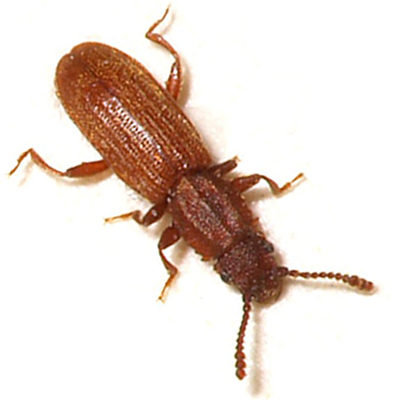
Test Your Knowledge: Stored Product Pests Quiz
We created this STORED PRODUCT PESTS quiz for you to test your knowledge! Can you beat the Stored Product Pests? Check your answers with the answer key posted below. Insects classified as stored product pests include, but not limited to the saw-toothed grain beetle, the Indian meal moth, the rice weevil and the flour beetle.TrueFalse…

Meet The Indian Meal Moth
At this time of year in Canada, the prevalence of Indian Meal Moth seems to increase as this pest is present in stored grains, dried fruits, nuts, cereals and various processed foods. The larvae can be seen inside packaging that has or has not been opened in pantries and other food storage areas. The larvae…

